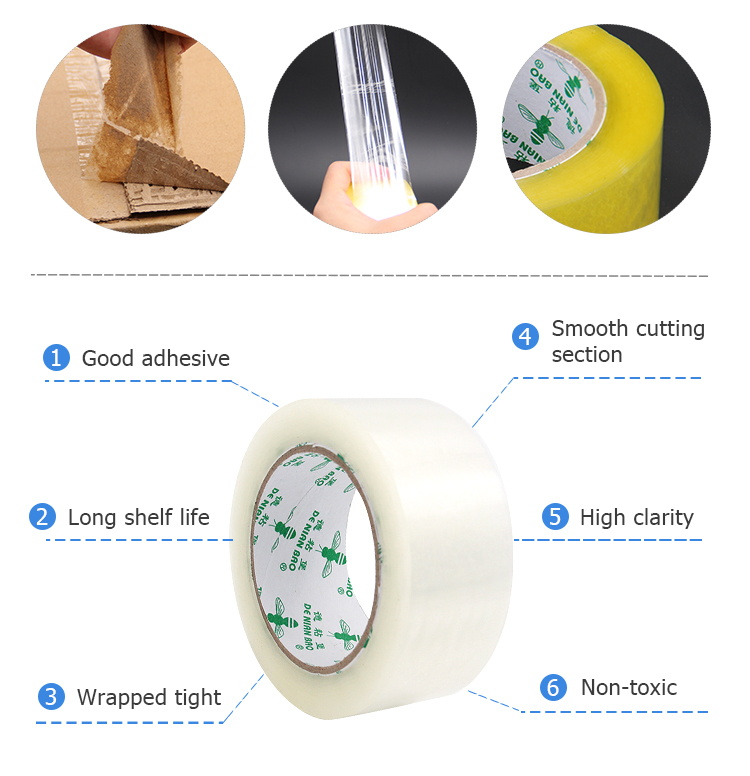1.They can be made from different materials such as plastic (e.g.,
PVC, polypropylene), paper, or fabric. Plastic tapes are often chosen for their durability and resistance
to environmental factors like moisture and abrasion. Paper tapes provide a more eco - friendly option and are suitable
for applications where a softer touch or easy disposal is required. Fabric tapes are flexible and can conform well to curved surfaces.
2.The thickness of printed tapes can vary, with thinner tapes being
more flexible and suitable for delicate applications, while thicker
ones offer greater strength. Widths range from narrow strips for detailed or precise work to
wide tapes for covering larger areas or sealing large packages.
3.The adhesive on printed tapes is carefully selected based on the
intended use. It can be a strong permanent adhesive for long - term bonding, like
in industrial packaging, or a removable adhesive for applications
where the tape needs to be easily taken off without leaving a
residue, such as in temporary labeling or home crafting.
4.Various printing techniques are used, including flexographic
printing, which is excellent for high - volume production with good
color accuracy and sharpness. Digital printing is also popular, especially for short - run orders
or when complex and variable designs are required. Screen printing may be used for certain special effects or for
printing on thicker materials.
5.Printed tapes can feature an array of design elements. Logos, brand names, and trademarks are common in commercial
applications to enhance brand recognition. Product information such as descriptions, barcodes, and serial
numbers are printed for identification and tracking purposes. Decorative patterns, including floral, geometric, or themed
designs, are widely used in the crafting and gift - wrapping
industries. Instructional text like "Open Here" or "Fragile" is also frequently
seen.








